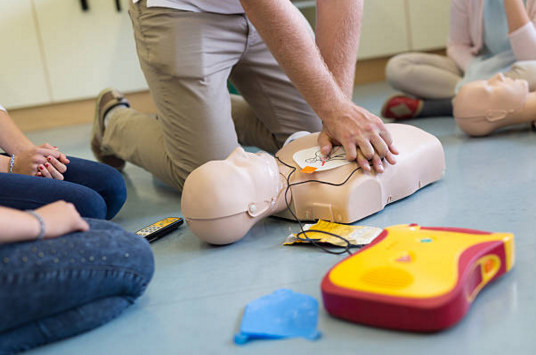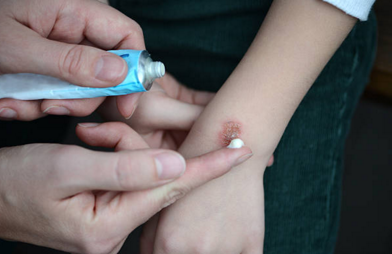Life is precious, and in critical moments, having basic life-saving skills can make the difference between life and death. Emergencies can happen anytime, anywhere, and being prepared to act quickly can save lives. Whether you're a healthcare professional, a first responder, or an ordinary citizen, acquiring basic life-saving skills is invaluable. In this article, we will discuss essential life-saving skills that anyone can learn to help them confidently respond to emergencies and potentially save lives.
You never know when you can find yourself faced with an emergency situation. It could be that someone you are with is injured or in trouble, or you could encounter a stranger who needs medical attention. Regardless of the circumstances, acting in an emergency and saving a life is an invaluable skill that everyone should have. Learning some basic life saving skills will have you covered in most types of emergencies, with these seven areas being the most important to know:
- Cardiopulmonary Resuscitation (CPR): CPR involves chest compressions and rescue breaths to maintain blood circulation and oxygenation during cardiac arrest, aiming to save a person's life until professional help arrives.
- Automated External Defibrillator (AED) Use: AEDs are portable devices that analyze heart rhythms and deliver an electric shock when necessary, assisting in restoring a normal heartbeat during sudden cardiac arrest emergencies.
- Heimlich Maneuver (Choking First Aid): The Heimlich maneuver is a technique used to clear a blocked airway by applying upward abdominal pressure, helping dislodge foreign objects and prevent choking.
- First Aid for Severe Bleeding: Basic first aid for severe bleeding involves applying direct pressure to the wound, elevating the injured area, and using a tourniquet as a last resort to control heavy bleeding.
- Recovery Position: Placing an unconscious but breathing individual in the recovery position ensures their airway remains clear, reducing the risk of choking on fluids or vomiting.
- Recognizing Signs of Stroke (FAST): FAST is an acronym to help identify stroke symptoms and the importance of calling 911 for suspected stroke.
- Basic First Aid: Basic first aid skills encompass a range of techniques to provide immediate care for injuries, such as cuts, burns, fractures, and more, stabilizing the injured person's condition until professional medical help arrives.

Cardiopulmonary Resuscitation
Cardiopulmonary resuscitation, commonly known as CPR, is a crucial skill that can keep a person alive until professional help arrives. CPR involves chest compressions and rescue breaths to maintain oxygen circulation in the body. Here's a basic guide on performing CPR:
- Check for responsiveness: Tap the person and shout for help. If they don't respond, call 911 or ask someone nearby to do so.
- Begin chest compressions: Place the heel of one hand on the center of the chest, just below the nipple line, and interlock your fingers. Push hard and fast at a rate of 100-120 compressions per minute.
- Give rescue breaths: After 30 compressions, give two rescue breaths. Tilt the head backward, pinch the nose, and cover the person's mouth with yours, delivering breaths that make the chest rise.
Proper CPR training is the best way to learn this life saving skills, but even without it, you can perform CPR chest compressions or hands-only CPR. Press on the victim’s chest at least two inches down, at the rate of two compressions per second or 120 chest compressions per minute. Continue without stopping until it restores the normal heart rate, or emergency assistance can take over.









